Glossary of Terms
Our Water Glossary
B
Best Management Practices (BMP): Structural, vegetative, and managerial practices implemented to control nonpoint source pollution.
C
Catch basin: An entryway to the storm drain system, usually located at a street comer
Clean Water Act: Legislation that provides statutory authority for the NPDES program; Public law 92-500; 33 U.S.C. 1251 et seq. Also known as the Federal Water Pollution Control Act.
Combined sewer overflow: CSO
Conduit: Any channel or pipe used to transport flowing water
Confluence: Point at which two or more watercourses intersect.
Conveyance: The process of water moving from one place to another
Critical area: That part of the watershed that is contributing a majority of the pollutants and is having the most significant impact on the water body.
Culvert: A short, closed (covered) conduit that passes stormwater runoff under an embankment, usually a roadway. A rectangular or square concrete culvert is referred to as a box culvert.
D
Designated uses: Recognized uses of water established by state and federal water quality programs
Detention: A stormwater system that delays the downstream progress of stormwater runoff in a controlled manner, typically by using temporary storage areas and a metered outlet device
Dike: Also levee; an embankment used to confine or control water. Dikes are often built along the banks of a river to prevent overflow.
Discharge: Total volume of water flowing through a channel per unit time (ft3/sec)
E
E-Coli: Bacterium is used as an indicator of the presence of waste from humans and other warm-blooded animals.
Erosion: Detachment and movement of rocks and soil particles by gravity, wind, and water.
F
Focus groups: Groups of individuals brought together to discuss a particular topic or situation.
G
Geographical Information System (GIS): A system that analyzes and models data in a spatial context and displays digitally recreated map layers.
Global Positioning System (GPS): A system capable of providing worldwide navigation and positioning by pinpointing locations.
Groundwater: The subsurface water supply in the saturated zone below the water table.
H
Headwaters: The origin and upper reaches of a river or stream.
Hydrologically distinct: Defined by drainage basins or watersheds rather than areas arbitrarily defined by political boundaries.
I
Illicit connection: Any discharge to a municipal separate storm sewer that is not composed entirely of stormwater and is not authorized by an NPDES permit, with some exceptions (e.g., discharges due to fire-fighting activities).
Impervious: A surface through which little or no water will move. Impervious areas include paved parking lots and rooftops.
Infiltration: The penetration of water through the ground surface into subsurface soil or the penetration of water from the soil into the sewer or other pipes through defective joints, connections, or manhole walls.
L
Large municipal separate storm sewer system (MS4): An MS4 located in an incorporated place or county with a population of 250,000 or more, as determined by the 1990 U.S. Census.
M
Medium municipal separate storm sewer system (MS4): MS4 is located in an incorporated place or county with a population of 100,000 or more but less than 250,000, as determined by the 1990 U.S. Census.
N
National Pollutant Discharge Elimination System (NPDES): Two-phased surface water quality program authorized by Congress as part of the 1987 Clean Water Act
Non-point source pollution: Pollution is caused when rain, snowmelt, or wind carry pollutants off the land and into the water bodies.
P
Permit: An authorization, license, or equivalent control document issued by
EPA or an approved state agency to implement the requirements of an environmental regulation; e.g., a permit to operate a wastewater treatment plant or to operate a facility that may generate harmful emissions.
Point source: The release of an effluent from a pipe or discrete conveyance into a water body or a watercourse leading to a body of water.
Pollutant: Any substance of such character and in such quantities that when it reaches a body of water, soil, or air, it contributes to the degradation or impairment of its usefulness or renders it offensive.
R
Resource management system: A combination of best management practices that, when installed, will at a minimum protect the resource base by meeting acceptable soil losses; protecting or improving water quality; and conserving plant, air, and animal resources.
Riparian: Person who lives along or holds title to the shore area of a lake or bank of a river or stream.
Riparian corridor: Areas bordering streams, lakes, rivers, and other watercourses. These areas have high water tables and support plants requiring saturated soils during all or part of the year.
Runoff: That portion of the precipitation or irrigation water that travels over the land surface and ends up in surface streams or water bodies.
S
Sediment: Soil, sand, and minerals that can take the form of bedload, suspended, or dissolved material.
Soil erosion: The wearing away of land surface by wind or water. Erosion occurs naturally from weather or runoff but can be intensified by land-clearing practices related to farming, residential or industrial development, road building, or timber cutting.
Spatially referenced data: Assigning specific geographic locations to data.
Stakeholder: Any organization, governmental entity, or individual that has a stake in or may be affected by a given approach to environmental regulation, pollution prevention, or energy conservation.
Storm drain (storm sewer): A slotted opening leading to an underground pipe or an open ditch that carries surface runoff.
Stormwater: Runoff from a storm, snowmelt runoff, and surface runoff and drainage.
Surface water: All water is naturally open to the atmosphere (rivers, lakes, reservoirs, streams, wetlands impoundment, and seas).
Suspended solids: Sediment particles in the water column and carried with the flow of water.
T
Topographic maps: Land maps that display elevation along with natural and man-made features.
Topography: The physical features of a surface area including relative elevations and the position of natural and man-made features.
Total Maximum Daily Load (TMDL): The maximum allowable loading of a pollutant that a designated water body can assimilate and still meet numeric and narrative water quality standards. TMDLs were established by the 1972 Clean Water Act. Section 303(d) of the US Water Quality Act requires states to identify water bodies that do not meet federal water quality standards. In 1996 the states developed (with EPA approval) a list of water bodies that failed to meet section 303(d) standards. These are the focus of TMDLs. Allocation of named pollutants is on percentage basis.
Tributary: A river or stream that flows into a larger river or stream.
U
Urbanized area: A Bureau of the Census determination of a central place (or places) and the adjacent densely settled surrounding territory that together has a minimum residential population of 50,000 people and a minimum average density of 1,000 people/mi.2
Urban runoff: Stormwater from urban areas, which tends to contain heavy concentrations of pollutants from urban activities
V
Vegetative controls: Control measures or practices that usually involve the use of cropping systems, permanent grass, or other vegetative covers to reduce erosion and control.
W
Water quality: The biological, chemical, and physical conditions of a water body, are often measured by its ability to support life.
Watershed: The geographic region within which water drains into a particular river, stream, or body of water. Watershed boundaries are defined by the ridges separating watersheds.
Wetland: An area that is regularly saturated by surface or groundwater and subsequently is characterized by a prevalence of vegetation that is adapted for life in saturated soil conditions. Examples include swamps, bogs, fens, and marshes.
Windshield survey: Conducting an inventory of the watershed via a motorized vehicle.
Adapted from the Swartz Creek Watershed Management Plan and Stormwater The Journal for Surface Water Quality Professionals

